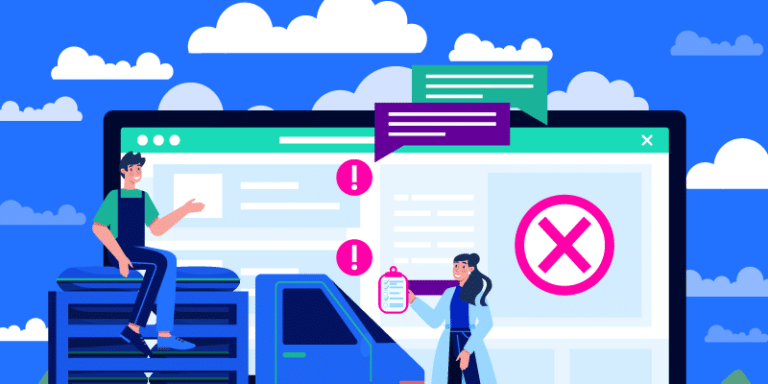
Empowering, educating, celebrating, and delighting the modern IT professional.
Featured article
Software renewals: The smart checklist every business needs
IT struggles with the software renewal process. Use this smart software renewal checklist for preparation and effective SaaS subscription management.
10 Best practices for making better SaaS renewal decisions
Learn 10 SaaS renewal best practices. Follow a formal process, use data-driven insights, make better decisions, and confidently negotiate with BetterCloud.
Read moreBetterCloud: #1 Leader in Fall 2025 G2 Report for SaaS Management Platforms
Discover why BetterCloud won 23 G2 report badges, including top honors as the #1 Leader in G2 Grid® Report for SaaS Management Platforms, Fall 2025.
Read moreCommon SaaS security risks, horrifying recent breaches, and mitigation tips
Learn common SaaS security risks, actual breaches, mitigation tips, and how SaaS management platforms help.
Read moreBetterCloud research insights: Improving SaaS file sharing security
Discover how top security-first IT teams are transforming and improving SaaS file sharing security in this 2025 BetterCloud research insight alert.
Read more8 SaaS purchasing best practices for making better decisions
Is your SaaS buying process harder than it should be? Follow SaaS purchasing best practices for better deals and easier, faster decisions with no regret.
Read moreBetterCloud is named a Leader in the 2025 Gartner® Magic Quadrant™ for SaaS Management Platforms
We’re excited that BetterCloud is named a Leader in the 2025 Gartner® Magic Quadrant™ for SaaS Management Platforms. Learn what market leader BetterCloud can do for you.
Read more10 Best practices for effective and successful SaaS vendor management
Easy SaaS spend optimization. Painless, successful vendor audits. Effective SaaS vendor management with 10 best practices and the right tool BetterCloud.
Read moreThe IT leader’s mega-guide to SaaS savings
Lower SaaS costs and find SaaS savings! Reducing high SaaS starts with solving poor visibility by using SaaS asset management software like BetterCloud.
Read moreHow automation reduces SaaS risk
Using a unified SaaS lifecycle management platform improves SaaS security and management by reducing risk with automation.
Read moreSaaS management metrics: Essential guide for IT leaders
Master SaaS management metrics with our guide for IT leaders. Discover essential metrics to optimize software, enhance security, and reduce costs efficiently.
Read moreSimplifying management of student tech and Google Workspace for Education
Simplifying student tech and Google Workspace for Education admin is made easier with the BetterCloud unified SaaS management admin console built for IT.
Read moreThe secret to IT onboarding success? Workday + BetterCloud
Discover the secret to seamless IT onboarding. Automate every step from Workday to BetterCloud—no tickets, no delays, just day-one readiness.
Read more













